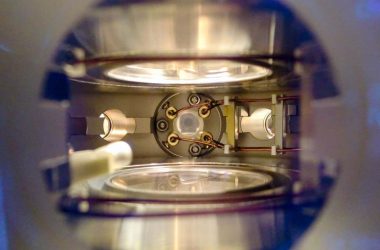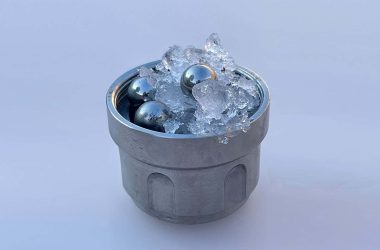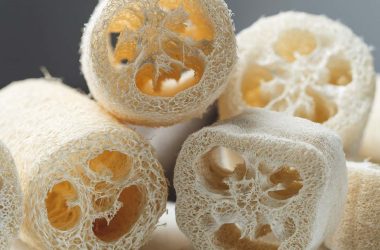A render of a quantum computer
Shutterstock / Bartlomiej K. Wroblewski Source: Shutterstock
A superconducting ink that can be printed onto surfaces in a single-molecule-thick layer could be beneficial for building circuits for quantum computers. This new ink made of tungsten disulfide is more stable and easier to make than other superconducting inks, which opens up possibilities for future applications.
Superconductive materials allow electricity to flow through them with zero resistance, making them highly efficient for energy transmission. However, these materials are difficult to produce and lose their properties when exposed to air or non-cryogenic temperatures.
To overcome these challenges, Xiaoyu Song and Leslie Schoop from Princeton University and their team developed a tungsten disulfide ink using a process called chemical exfoliation. They started with a material consisting of alternating layers of tungsten disulfide and potassium. By immersing this material in diluted sulphuric acid, the potassium dissolved and only thin layers of tungsten disulfide remained.
The researchers then rinsed the acid and potassium remnants to obtain a solution of thin tungsten layers suspended in water. This solution could be printed onto various substrates such as glass, plastic, or silicon to create a single-molecule-thick layer of tungsten disulfide.
The printed pattern remained stable without degradation in ambient conditions for at least 30 days, and when cooled below 7.3 kelvin (-266°C), the ink exhibited superconductivity. However, achieving this requires liquid helium for cooling, making it impractical for everyday applications. Nonetheless, it could still be useful in situations where systems are already cooled, such as in quantum computers or MRI machines. The researchers hope to further develop this method to create inks that are superconductive at higher temperatures.












